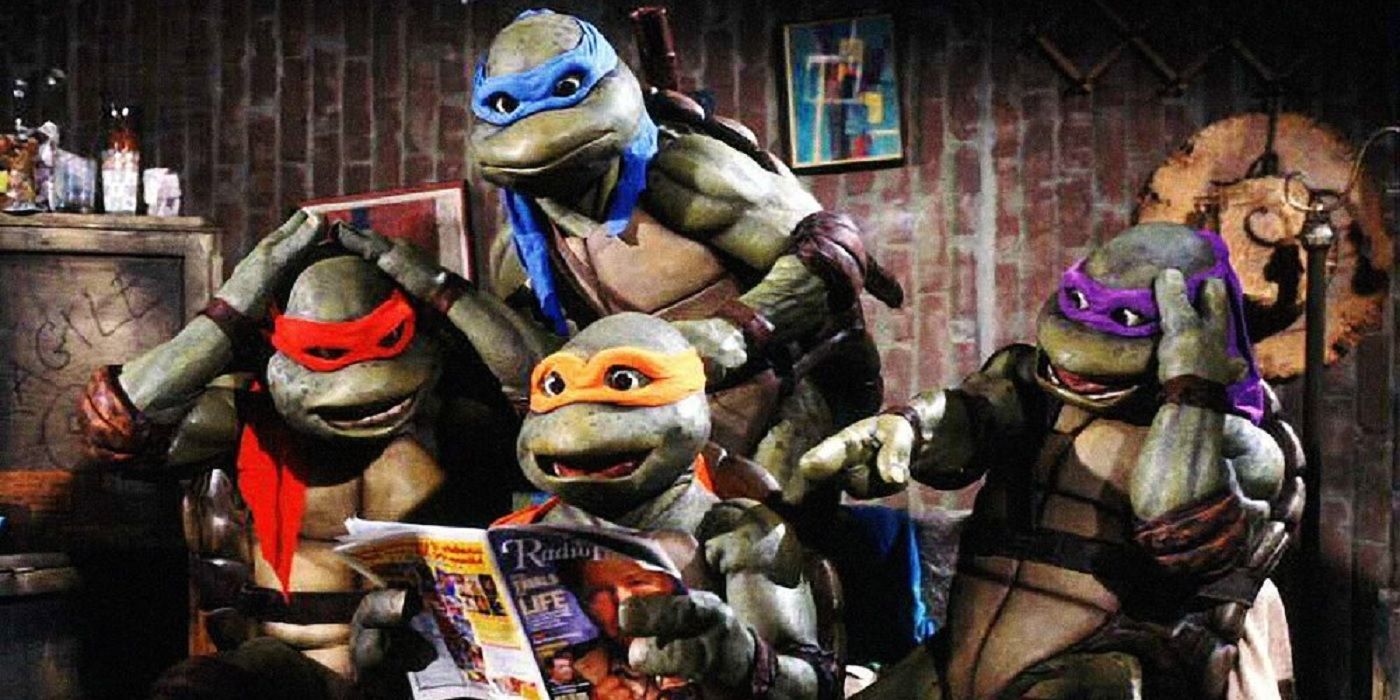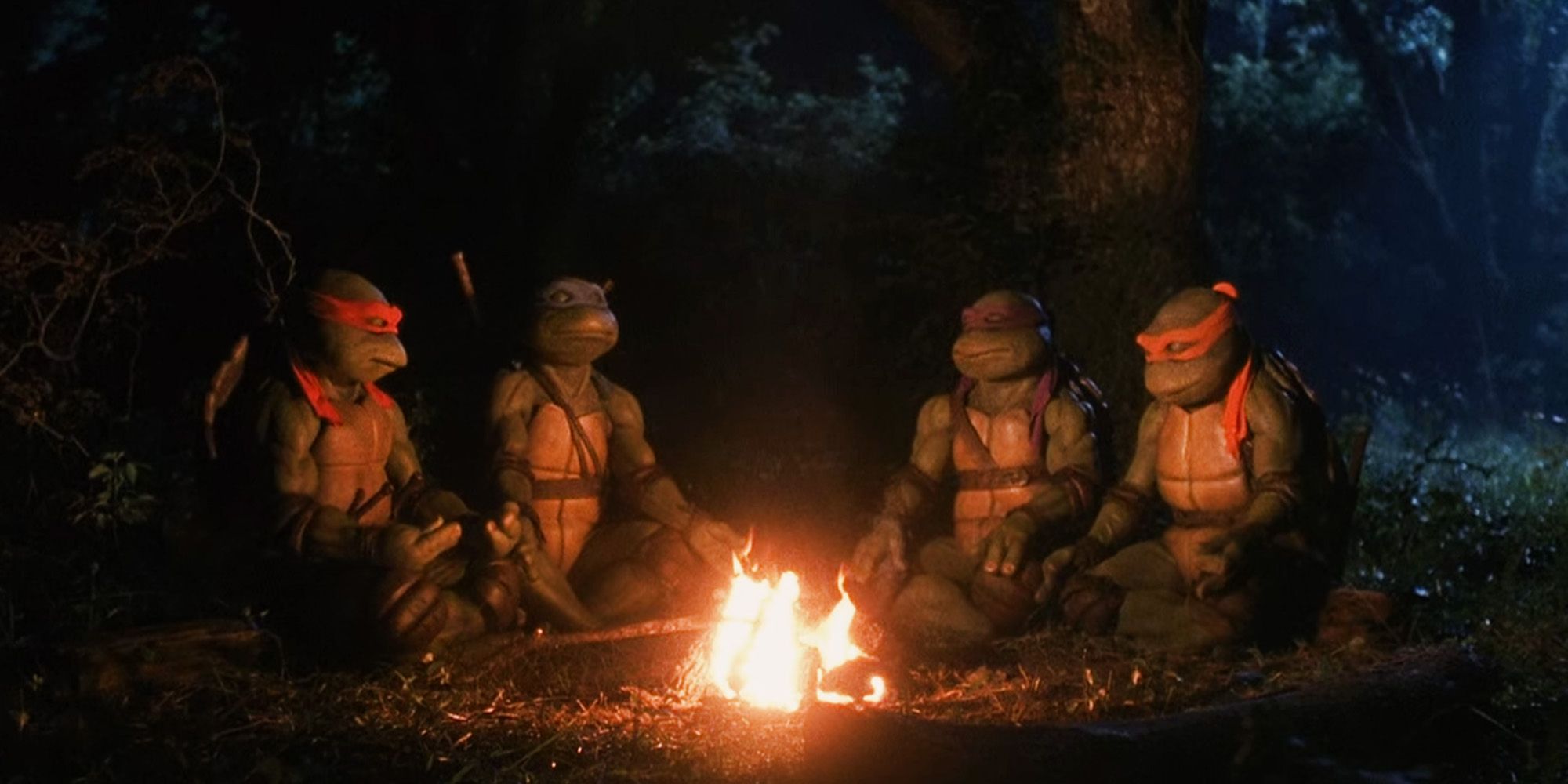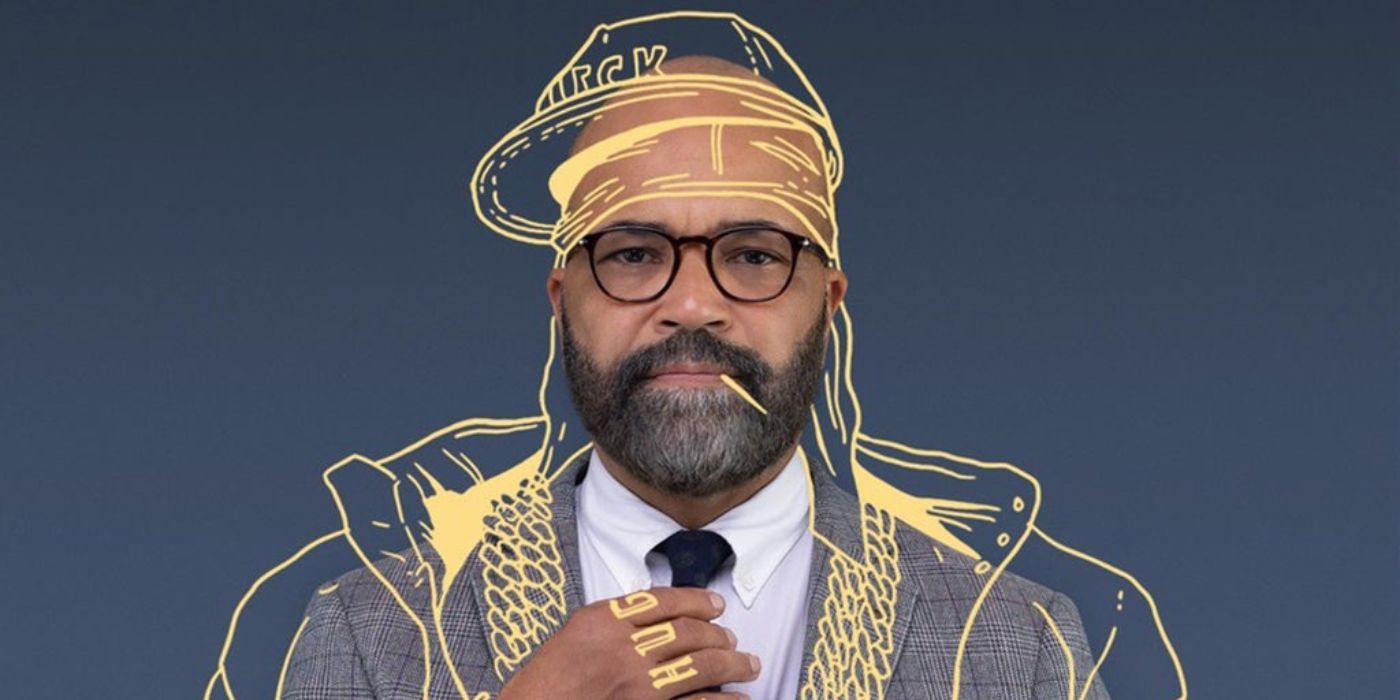The Big Picture
- Even with low budgets and skepticism from studios, independent movies like 1990’s live-action Teenage Mutant Ninja Turtles can defy the odds and achieve box office success.
- The 1990 Teenage Mutant Ninja Turtles film faced numerous challenges from securing distribution to the strain on the actors wearing heavy suits in the summer heat.
- Despite these obstacles, Teenage Mutant Ninja Turtles became a box office hit, grossing over $200 million and solidifying the franchise as a pop culture phenomenon.
An independent movie faces an uphill battle from the moment of its conception to the day it premieres. Indie filmmakers are often working with a fraction of the budget presented to other films. They’re also reliant on the whims of film festivals and/or distributors in order to get their labor of love out on the big screen. Even if the stars align just right, there’s the competition from blockbusters with big budgets and marketing campaigns — not to mention the timing of the film’s release. One indie film managed to defy those odds and set a milestone for itself. That film in question was the 1990 live-action Teenage Mutant Ninja Turtles movie.
At first glance, you might be scratching your head. After all, the franchise has been part of pop culture for nearly 40 years — spawning all number of comics, animated series, and toys. But before the Heroes in a Half Shell became a worldwide phenomenon, they were the stars of a black and white independent comic co-created by Peter Laird and Kevin Eastman. Those indie roots would follow the Turtles from the comic page to the big screen.
‘Teenage Mutant Ninja Turtles’ Dealt With All the Struggles of an Indie Film
The birth of the Teenage Mutant Ninja Turtles film can be accredited to Gary Propper, who happened to be a manager for comedian Gallagher. Propper discovered the original Mirage comics and thought they would be perfect for the silver screen. After convincing Laird and Eastman to option the Teenage Mutant Ninja Turtles rights for live action, Propper recruited Kim Dawson — the manager behind Gallagher’s TV specials — to start pitching to every studio in Hollywood. But the duo ran into more roadblocks than expected: nearly every studio thought the concept was ridiculous and turned them down. “Gary and I made the rounds to virtually every studio in Hollywood,” Dawson recalled during an oral history of the film’s production. He even put out a call to Peter Chernin, the then-head of 20th Century Fox. “But Peter goes, ‘Are you guys out of your minds?'”
Chernin, as well as other studio heads, had basis in their skepticism. Years before Marvel and DC became box office titans, comic book movies were a niche market. On top of that, the recent disaster that was Howard the Duck probably didn’t bode well for a movie centered around four anthropomorphic adolescent martial-arts-wielding reptiles. Finally, Golden Harvest — the film company that would bring many of Bruce Lee‘s films to a wide audience — picked up the film, although then-head Tom Gray had his reservations: “I said, ‘I don’t want anything to do with this. This is not going to work.'” Eventually he did decide to finance TMNT, especially when he considered how low costing the movie would be.
But even after getting the greenlight, TMNT still had behind-the-scenes struggles. Screenwriter Bobby Herbeck had to win Laird and Eastman’s approval; Laird was extremely discerning of what Herbeck brought to the table. “Peter, from the beginning, he didn’t think much of me as a writer. I was a ‘Hollywood type’ infringing on his artistic chops and characters,” Herbeck said of the writing process. Eventually, he cobbled together a treatment that evolved into the final film, mashing together elements of the original comic with the 1987 animated series. Director Steve Barron also wanted to lessen the bloody violence of the Mirage comics — a sentiment that famed puppeteer Jim Henson echoed when Barron talked him into crafting the Turtles’ iconic suits.
Production on ‘Teenage Mutant Ninja Turtles’ Ran Into a Number of Roadblocks
Even though Teenage Mutant Ninja Turtles had everything in place to start production, said production was hit with a number of issues. There was still the matter of distribution, as Fox had pulled out of the deal to distribute the film due to a change in leadership. In desperation, Gray called then-head of New Line Cinema Bob Shaye. “I said, ‘I need $6 million to make the movie.’ He said, ‘You have nowhere else to go. We’ll give you x,’ and they gave me a lot less.” There was also the Turtles themselves — Josh Pais, Leif Tilden, Michelan Sisti, and David Forman (who played Raphael, Donatello, Michelangelo, and Leonardo respectively) had to deal with a mix of heavy suits and burning summer heat. On top of that, their vocals were re-dubbed with other actors, most notably Corey Feldman as Donatello. This was a decision that rubbed the stunt actors, as well as Barron, the wrong way. “All the actors inside the costumes wanted to play the voice, and it wasn’t fair to not give them a chance to be the voices,” Barron said. Tilden had a far worse experience — during the premiere, he attempted to make conversation with Feldman, who blew him off.
Even after the film hit post-production, there were still some behind-the-scenes issues. Jim Henson’s son Brian recalled how the film was pulled together in post-production without Barron being present, as New Line feared the final product would be too dark for younger audiences. This led to the departure of editor Sally Menke, as “Golden Harvest didn’t love her editing,” according to Henson. The irony is that Menke would go on to edit many of Quentin Tarantino‘s films —which received critical as well as commercial acclaim.
‘Teenage Mutant Ninja Turtles’ Ended Up Being a Box Office Blowout
Even after a rocky road to the silver screen, no one could have expected Teenage Mutant Ninja Turtles to be the success it was. In the film’s opening weekend, it made $25 million dollars — a feat only eclipsed by Batman and Ghostbusters II. TMNT would eventually gross $202 million on its $13.5 million budget, firmly cementing the Heroes in a Half-Shell as a pop culture phenomenon. Sequels followed, along with the short-lived live-action series Ninja Turtles: The Next Mutation.
History seems to be repeating itself, as Teenage Mutant Ninja Turtles: Mutant Mayhem has been cleaning up at the box office. No matter the studio or the genre, the Teenage Mutant Ninja Turtles seem destined to succeed on the silver screen.
Teenage Mutant Ninja Turtles is available to stream on Max.






